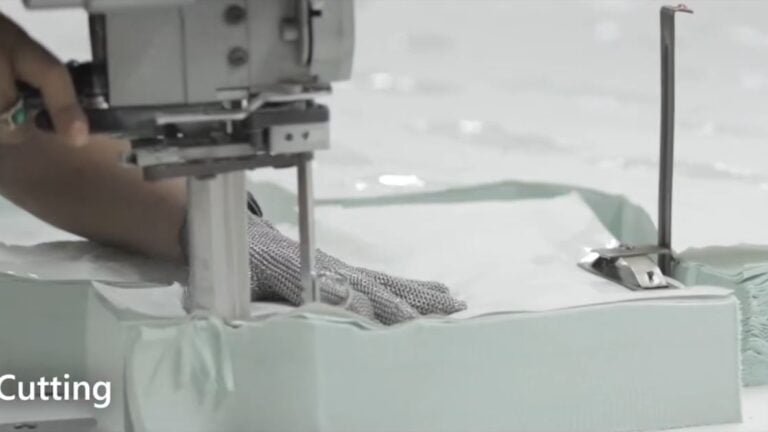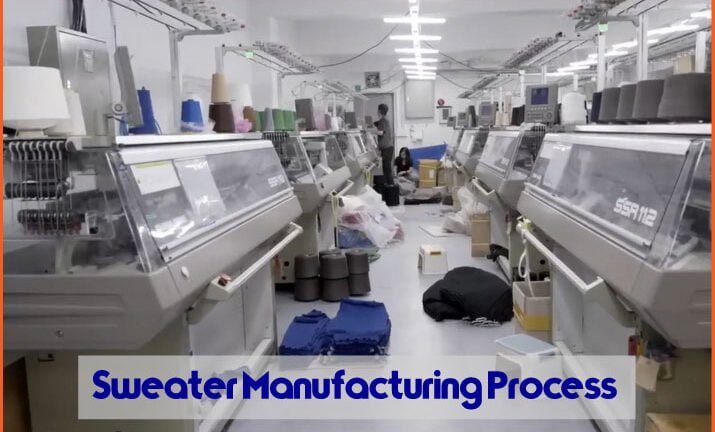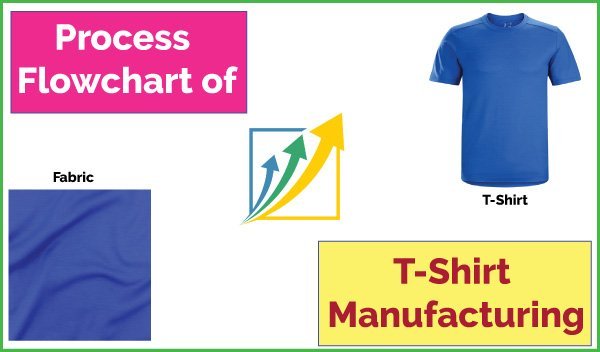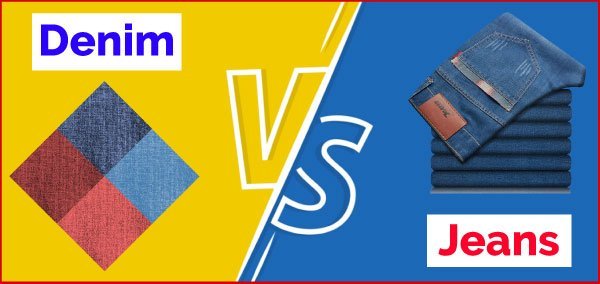Working Instruction of Garment Cutting Section
The garment cutting section is the most crucial in garment industries. In this section, fabrics are cut according to the marker dimension. There are two types of fabric-cutting methods. One is manual, and the other ….. Read More






